Review: Samsung Galaxy S Relay 4G for T-Mobile
Menus/Customize
The Relay runs the same build of Android 4.0 Ice Cream Sandwich (ICS) and TouchWiz used on the Galaxy S III and other recent Samsung phones.
The lock screen, which can be unlocked by swiping anywhere, offers customizable shortcuts. Just touch the app you want to open, swipe it, and you'll go directly there. The notification bar is visible from the lock screen, so you know if you've got unread emails, messages, and other items waiting.
The basics of the menu system are essentially the same as on other ICS phones. The Relay has five home screens, which can be packed with widgets, apps, shortcuts, contacts, and so on. The Samsung tool for customizing the home screens is a cinch to use, and I particularly like the widget tool.
The main app menu is a completely customizable set of grids. Apps can be rearranged to suit user preferences, as well as deleted, hidden, shared, and so on.
The drop-down notification shade takes on a lot of responsibility. Not only does it allow you to triage your various missed calls, messages, and other notifications, it also allows you to toggle on/off all the radios and access the full settings menu.
Between the lock screen, home screen panels, and app menu, the Relay offers plenty of avenues through which the device can be customized. Toss in the usual settings, such as wallpapers, ringers, and alert tones, and the Relay is quite flexible.
Performance of the user interface software is quite good. The Relay has a dual-core 1.5GHz Snapdragon S4 processor, and it never seems to lose its breath no matter what tasks you assign it. However, I found the Relay to be a bit crash-y. At least a half dozen apps completely froze while I was testing the device and crashed. Once required a battery pull to recover functionality. That kinda sucks.
Calls/Contacts
The phone app itself is more or less the stock version of the Android dialer. It's got a huge software dialpad, with tabs that run across the top for accessing the call history and contact groupings. Use the Call Settings tools, accessible via the menu button, if you want to fine-tune the phone app's behavior with custom text rejection messages, boost the earpiece volume, and so on. I was sad to see the Relay doesn't have the same "On-Call Sound EQ" tools as found on the GS3.
The contact app behaves more or less like the stock Android contact app. One thing I liked are the different widgets for controlling and connecting with your contacts. You can stick direct access to a contact on the home screen panels, as well as a direct dial, direct message, and direct access with social network status attached. This last one basically shows the contact shortcut plus their most recent Twitter or Facebook update floating next to them.
Messaging
As expected, the Relay offers the stock Gmail, email, SMS/MMS, Google Talk, Google+, and Google+ Messenger apps. Together with their associated widgets, they make an impressive arsenal for reaching out to and connecting with your friends, family, and colleagues. If you've used Android, you know how these apps work; there's nothing different about them on the Relay. Samsung's own ChatON IM app is oddly missing, as is the Samsung Social Hub.
On the social networking front, the native Twitter and Facebook apps are of course present. Each sinks its tendrils fairly deep into the system software (as does Google+), allowing users to fire off tweets or update their Facebook status from pretty much anywhere in the user interface.


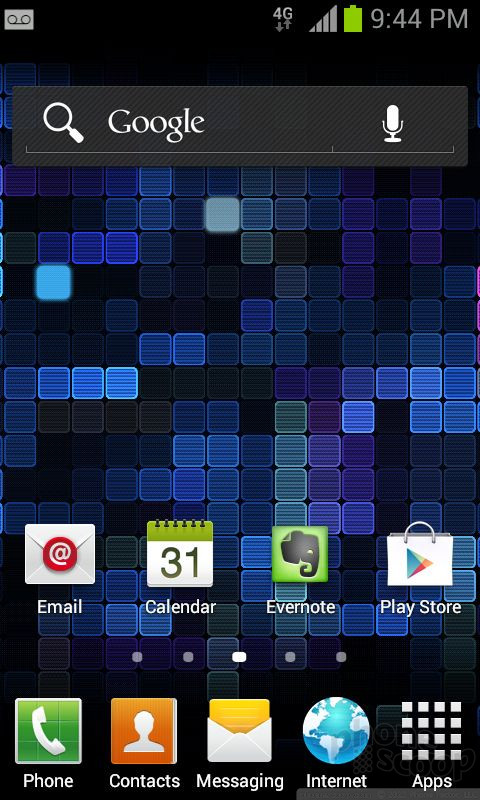



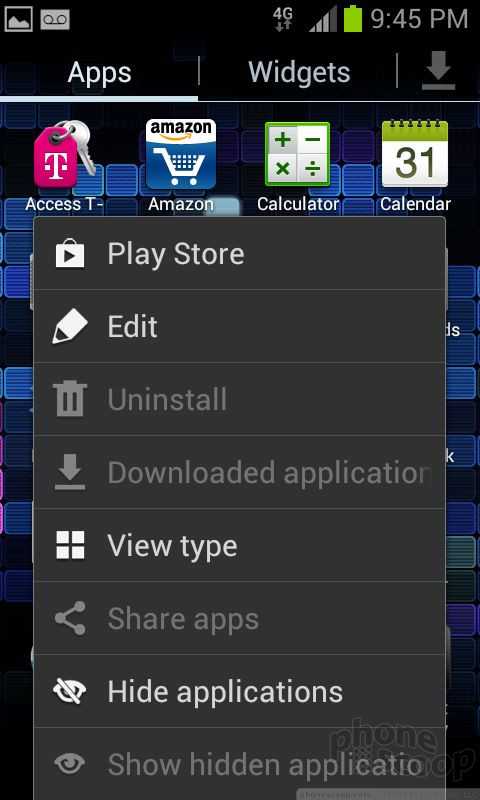



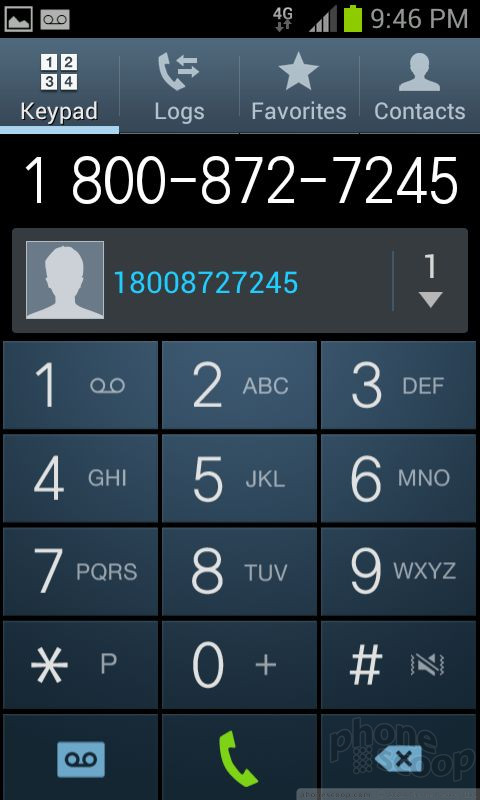












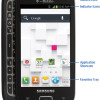 Samsung Confirms 'Galaxy S Relay 4G'
Samsung Confirms 'Galaxy S Relay 4G'
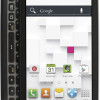 T-Mobile Makes the Samsung Galaxy S Relay 4G Official
T-Mobile Makes the Samsung Galaxy S Relay 4G Official
 Samsung Expands Mid-Range Lineup with Galaxy A35 5G
Samsung Expands Mid-Range Lineup with Galaxy A35 5G
 Samsung Galaxy S Relay 4G
Samsung Galaxy S Relay 4G




